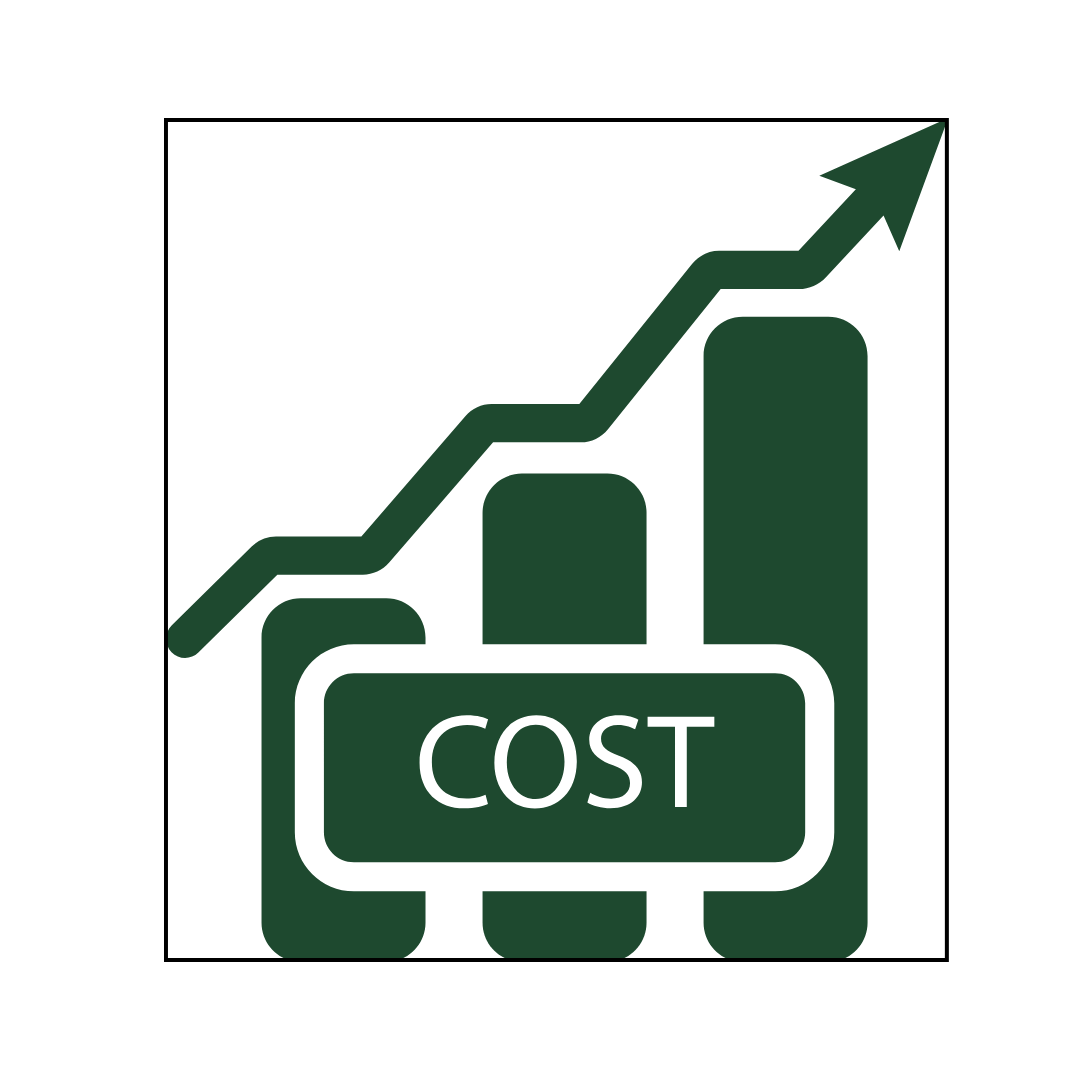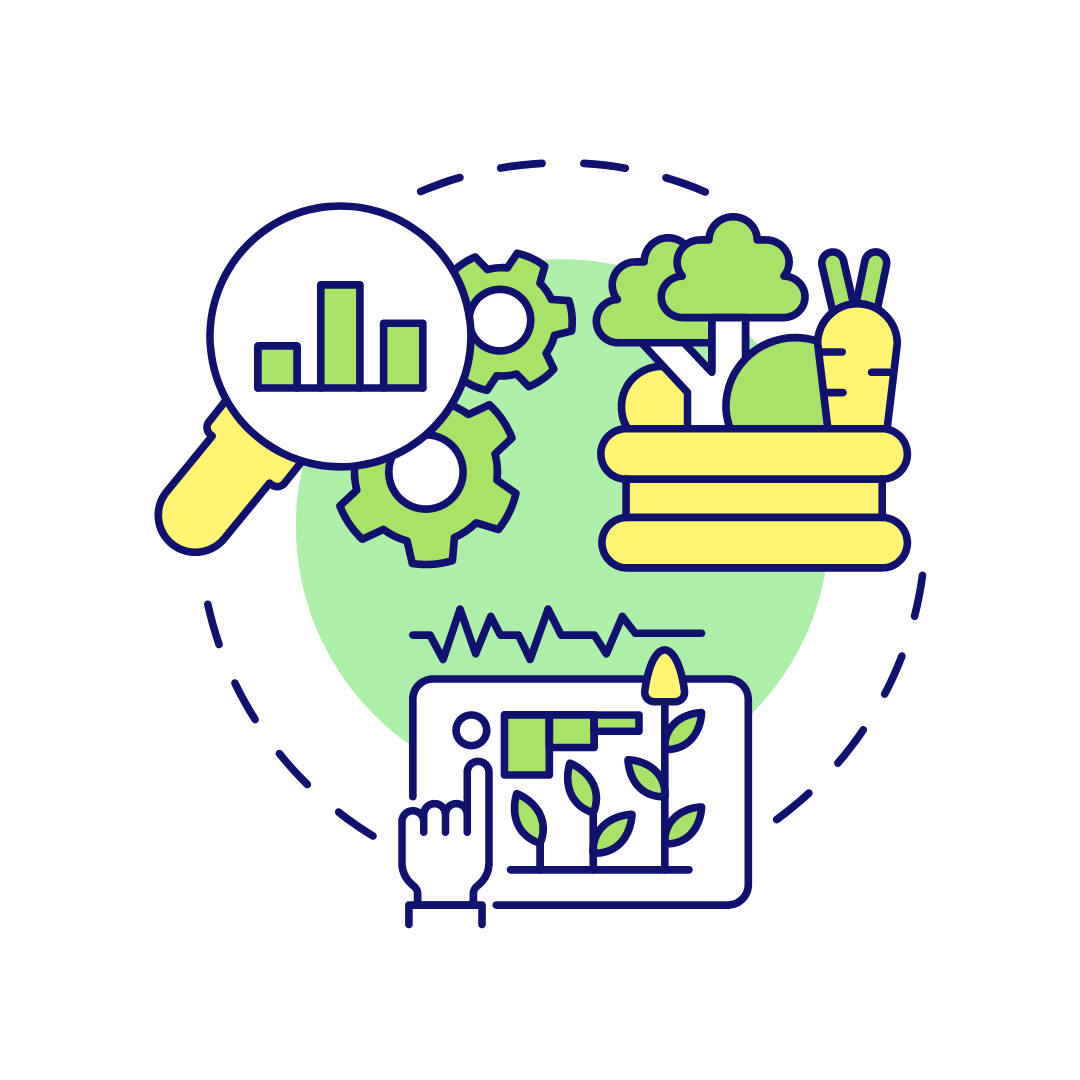Starting a hydroponic garden means growing plants without soil, using water and nutrients instead. This modern way of farming can be both exciting and profitable. However, it’s important to understand the costs and benefits before starting. Hydroponic gardening has upfront costs like equipment and ongoing costs like electricity and nutrients.
But it also offers many advantages, such as saving water, growing more food in less space, and producing healthy plants quickly.
In this article, we will look at the costs and benefits of starting a hydroponic garden, helping you decide if it’s the right choice for you.
Table of Contents
ToggleInitial Setup Costs
The first step in starting a hydroponic garden is setting up the necessary equipment. This can include containers, pumps, grow lights, and nutrient solutions. While these initial costs can be high, they are a one-time investment.

The prices can vary depending on the size and complexity of the system. A small home setup might cost a few hundred dollars, while larger, commercial systems can run into the thousands.
Planning your budget accordingly and considering starting small if you are new to hydroponics is crucial.
Cost of Equipment
The equipment needed for a hydroponic garden includes growing lights, water pumps, air pumps, nutrient solutions, and grow mediums. Each piece of equipment has its price range.

For example, high-quality LED grow lights can be expensive but are energy-efficient and last longer than cheaper options. Water and air pumps are essential for circulating nutrients and oxygen to the plants, ensuring they grow healthy and strong.
Nutrient solutions are another ongoing cost, but they are vital for providing plants with the necessary nutrients. Grow mediums, like clay pellets or coconut coir, replace the soil and can be reused for several growing cycles.
Operating Costs
Once your hydroponic system is set up, there are ongoing operating costs to consider. These include electricity for lighting and pumps, water, and nutrient solutions.
Electricity costs can be significant, especially if you use high-powered grow lights. However, energy-efficient LED lights can help reduce these costs. Water usage is generally lower than traditional gardening, but it’s still an ongoing expense.
Nutrient solutions need to be replenished regularly to ensure healthy plant growth. Keeping track of these expenses will help you manage your budget effectively.
Labor Costs
Running a hydroponic garden requires time and effort. Daily tasks include monitoring plant health, adjusting nutrient levels, and maintaining equipment.
If you plan to run a large-scale operation, you might need to hire additional help, which adds to the labor costs. However, a smaller home garden can be managed by one person, making it more cost-effective. Investing in automation systems, such as timers for lights and pumps, can also reduce the amount of manual labor required.
Potential Savings
While the initial and operating costs of a hydroponic garden can be high, there are significant potential savings to consider. First, hydroponic systems are more efficient with water usage, reducing your water bill.

Traditional gardening often wastes a lot of water through runoff and evaporation, but hydroponics recycles water within a closed system. This conservation can lead to substantial savings, particularly in areas where water is expensive or scarce.
Additionally, hydroponic gardens typically yield more produce in a shorter amount of time compared to traditional gardens. This higher productivity can translate into savings on grocery bills, as you’ll be able to grow fresh vegetables, fruits, and herbs year-round.
The ability to produce a steady supply of fresh produce can also reduce the need to purchase expensive organic vegetables, offering another financial benefit.
Increased Crop Yields
Hydroponic gardening can lead to increased crop yields due to the controlled growing environment. Plants receive optimal amounts of nutrients, water, and light, which leads to faster growth and more bountiful harvests.

In traditional soil gardening, plants often compete for nutrients and water, and their growth can be affected by weather conditions and pests. In a hydroponic system, these variables are controlled, leading to healthier plants and higher yields.
This can be particularly beneficial if you plan to sell your produce, as higher yields can increase your profits.
Quality and Health Benefits
Hydroponically grown produce is often of higher quality and contains more nutrients than traditionally grown crops. This is because plants receive a balanced mix of nutrients directly from their roots.
Additionally, hydroponic gardening reduces the need for pesticides and herbicides, resulting in cleaner, chemical-free produce. Consuming fresh, nutrient-rich vegetables and herbs can have significant health benefits, potentially reducing medical costs in the long run.
Space Efficiency
Hydroponic gardens can be set up in small spaces, making them ideal for urban environments or homes with limited outdoor areas. Vertical hydroponic systems, in particular, maximize space by allowing plants to grow upwards rather than outwards.

This efficient use of space means you can grow a substantial amount of produce in a small area. By utilizing unused spaces such as balconies, rooftops, or even indoor areas, you can save on land costs and make the most of your available space.
Environmental Benefits
Starting a hydroponic garden also offers numerous environmental benefits, which can translate into long-term savings. By reducing the need for pesticides and herbicides, you are contributing to a healthier ecosystem and cleaner water sources.

Hydroponic systems use less water and generate less waste, making them a more sustainable option compared to traditional farming. These environmental benefits can lead to a healthier planet, which is an invaluable long-term saving.
Challenges and Considerations
While hydroponic gardening has many benefits, there are challenges to consider. The initial learning curve can be steep, especially if you are new to gardening or hydroponics.

It’s essential to invest time in research and education to ensure your system is set up and maintained correctly. Additionally, the initial setup costs can be a barrier for some, and it’s important to carefully plan your budget and start small if necessary.
Another consideration is the potential for equipment failure. Pumps, lights, and other components can break down, requiring repairs or replacements. Having a backup plan and a regular maintenance schedule can help mitigate these risks.
Lastly, hydroponic systems can be sensitive to changes in the environment, such as temperature fluctuations and power outages. Ensuring a stable environment and investing in backup systems can help protect your investment.
Long-Term Financial Benefits
Despite the initial costs and challenges, the long-term financial benefits of starting a hydroponic garden can be substantial. With proper planning and management, a hydroponic garden can pay for itself over time through savings on water, produce, and reduced waste.

Additionally, the potential for higher yields and better quality produce can lead to increased profits if you decide to sell your crops. The environmental and health benefits also contribute to long-term savings, making hydroponic gardening a wise investment for the future.
Conclusion
Starting a hydroponic garden involves initial setup costs and ongoing expenses, but the potential benefits make it a worthwhile investment.
Hydroponic gardening offers efficient water usage, increased crop yields, high-quality produce, and environmental sustainability. With proper planning and management, the financial savings and personal satisfaction from growing your food can outweigh the initial costs.
Whether you want to save money, eat healthier, or contribute to a more sustainable future, hydroponic gardening provides a viable and rewarding solution.
